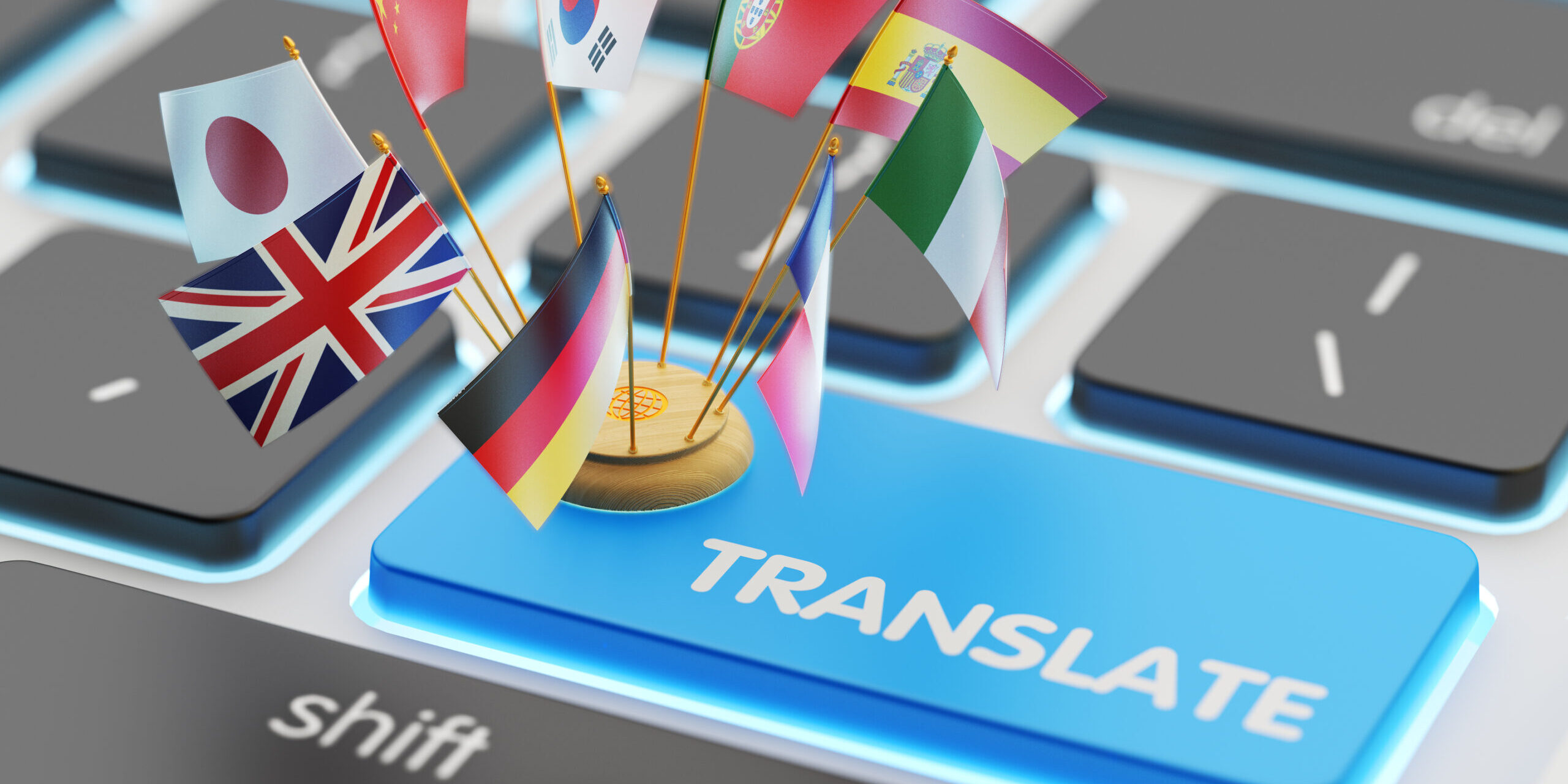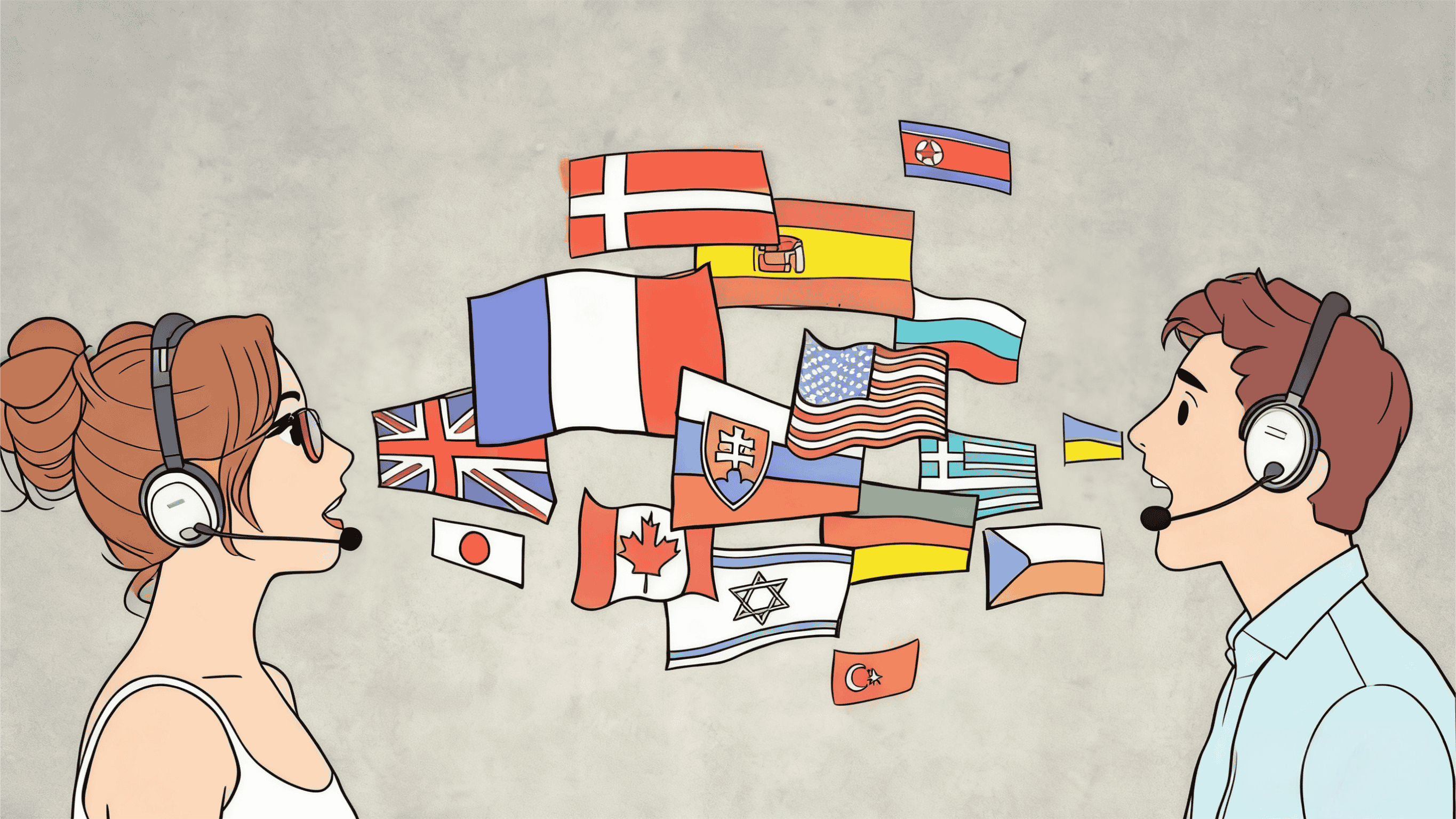When expanding into new markets, business leaders often grapple with a fundamental question: Is simply translating your content enough to win over international audiences? The answer, as many global brands have learned the hard way, is a resounding no. Enter the nuanced world of translation versus localization (often abbreviated as L10n)—two concepts that sound similar but can make or break your overseas success. In this piece, we'll unpack the differences, explore real-world implications, and show why going beyond mere words is essential for any company eyeing global growth.
Understanding the Basics: Translation Defined
At its core, translation is a straightforward process: converting text from one language to another while preserving the original meaning. It's the linguistic bridge that allows your message to cross borders. For instance, if your e-commerce site features a "Buy Now" button in English, a translator might render it as "Comprar Ahora" in Spanish or "立即购买" in Chinese. This ensures clarity and accessibility, but it stops there—focusing solely on words without delving into the cultural context.
Translation shines in scenarios where precision is paramount, such as certified and legal translations. These specialized services involve not just linguistic accuracy but also official validation, often required for contracts, patents, or immigration documents. A certified translation might include a notary seal to confirm its authenticity, while legal translation demands expertise in jurisprudence to avoid costly misinterpretations. Businesses venturing into regulated markets, like pharmaceuticals or finance, rely on these to comply with local laws and mitigate risks.
Localization: The Deeper Dive into Cultural Adaptation
Localization, on the other hand, takes translation several steps further by tailoring your entire product, website, or app to resonate with a specific locale's cultural, social, and technical norms. It's not just about what you say, but how it lands with users who think, shop, and interact differently. Think of it as customizing a suit: Translation provides the fabric, but localization ensures it fits perfectly.
Consider the examples. A U.S.-based app might display dates as MM/DD/YY, but in much of Europe, that's DD/MM/YY— a small tweak that prevents confusion and builds trust. Currency symbols shift from $ to € or ¥, and payment options adapt to local preferences, like integrating WeChat Pay in China. Visuals matter too: Using models with local facial features in ads can boost relatability, while colors carry hidden meanings—red signals danger in the West but prosperity in many Asian cultures. Even functionality might need overhaul; for a gaming app entering the Middle East, you could remove features conflicting with regional sensitivities or add right-to-left text support for Arabic.
This holistic approach extends to multimedia. Video localization might involve dubbing voices to match local accents, while subtitling short dramas ensures idioms translate idiomatically. Game localization could mean reworking storylines to avoid cultural faux pas, and audiobooks often require multilingual dubbing to capture emotional nuance. Companies with deep expertise in these areas, like Artlangs Translation—which has honed its skills over years in handling over 230 languages, delivering standout projects in video and game localization, short drama subtitles, and audiobook dubbing—demonstrate how such services turn potential pitfalls into competitive edges. Their portfolio of successful cases underscores the value of partnering with specialists who blend linguistic prowess with cultural insight.
The Business Case: Data That Demands Attention
Skeptical about the ROI? Let's look at the numbers. According to a 2023 report from Common Sense Advisory (now CSA Research), companies that invest in comprehensive localization see up to 2.5 times higher revenue growth in international markets compared to those relying on translation alone. Another study by Harvard Business Review analyzed over 1,000 global expansions and found that cultural misalignment—often stemming from inadequate L10n—contributed to failure in 42% of cases. Take McDonald's: Their menu adaptations, like serving McAloo Tikki in India or Teriyaki Burgers in Japan, aren't just translated; they're localized to local tastes, helping the brand capture 70% of some markets' fast-food share.
On the flip side, missteps can be brutal. HSBC's 2009 "Assume Nothing" campaign translated poorly into various languages, implying "Do Nothing" in some, costing millions in rebranding. Or consider when a major tech firm's app ignored metric versus imperial units in Europe, leading to user frustration and a 15% drop in adoption rates, per a Forrester Research analysis. These aren't anomalies; Statista data from 2024 shows that 75% of consumers prefer buying in their native language, but only if the experience feels native too—highlighting why L10n isn't optional for sustainable growth.
Why Localization Wins for Global Expansion
For enterprise decision-makers plotting website or software launches abroad, the choice boils down to depth versus surface-level effort. Translation gets you in the door, but localization keeps customers coming back by fostering loyalty through relevance. It minimizes legal risks via certified translations, enhances user engagement, and drives conversions—think A/B tests showing localized sites convert 20-30% better, as reported by HubSpot's global marketing insights.
In essence, treating localization as a strategic investment positions your business for long-term wins. As a translation service provider (TSP) with a track record like Artlangs Translation's—spanning diverse industries with proven expertise in everything from legal docs to immersive game worlds—you gain a partner who doesn't just translate words but transforms experiences. Ready to elevate your global strategy? Prioritizing L10n could be the difference between blending in and standing out.











